
Courtesy of Alan 'Tash' Lodge
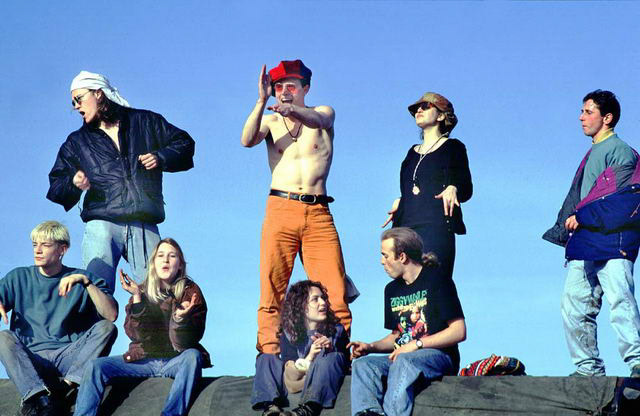
Courtesy of Alan 'Tash' Lodge
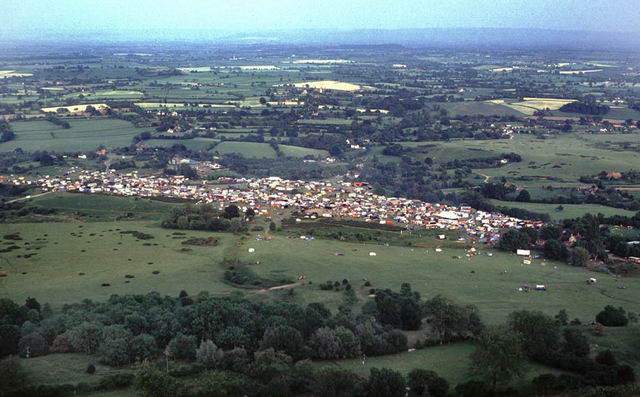
Courtesy of Alan 'Tash' Lodge

Courtesy of Alan 'Tash' Lodge

Courtesy of Alan 'Tash' Lodge
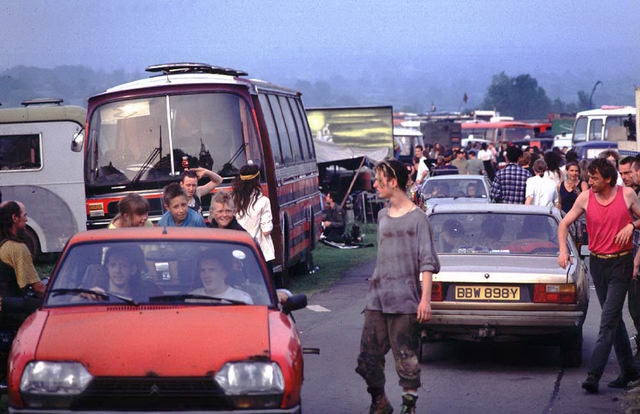
Courtesy of Alan 'Tash' Lodge
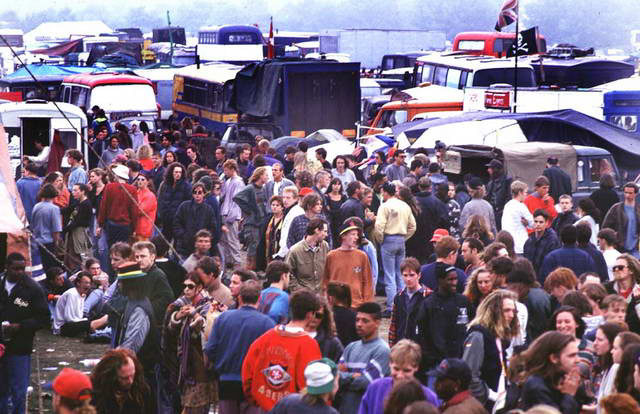
Courtesy of Alan 'Tash' Lodge
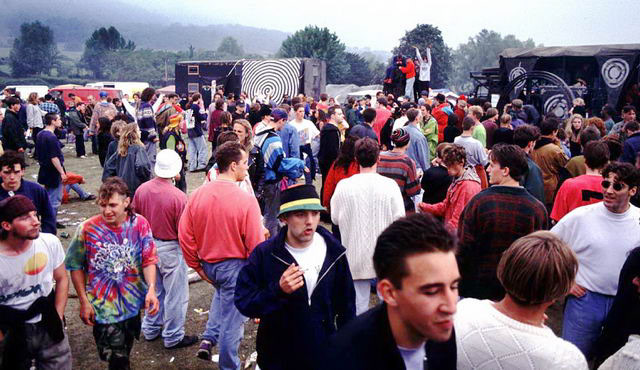
Courtesy of Alan 'Tash' Lodge

Debbie Spiral
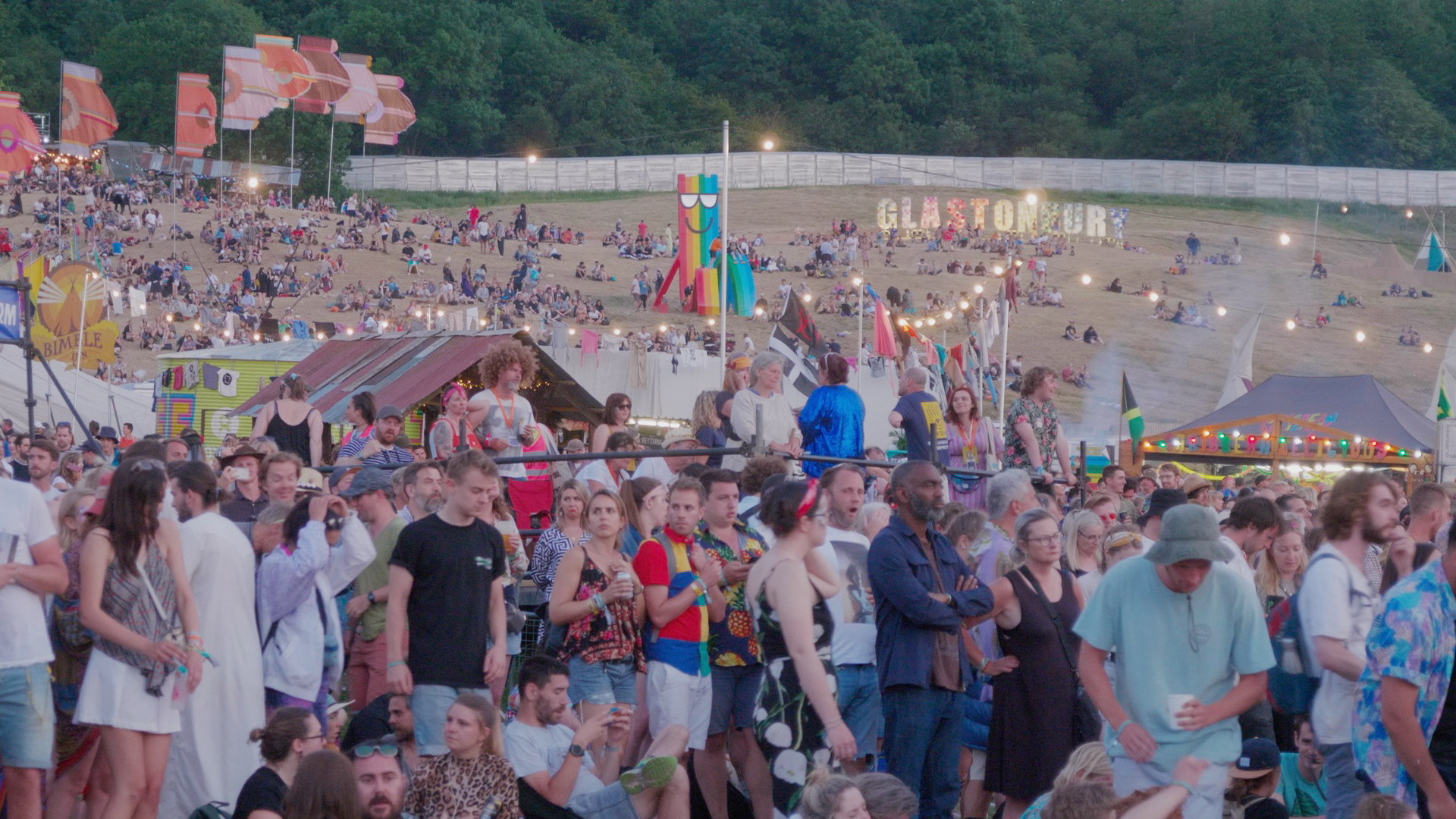
Glastonbury Festival

Grace DIY
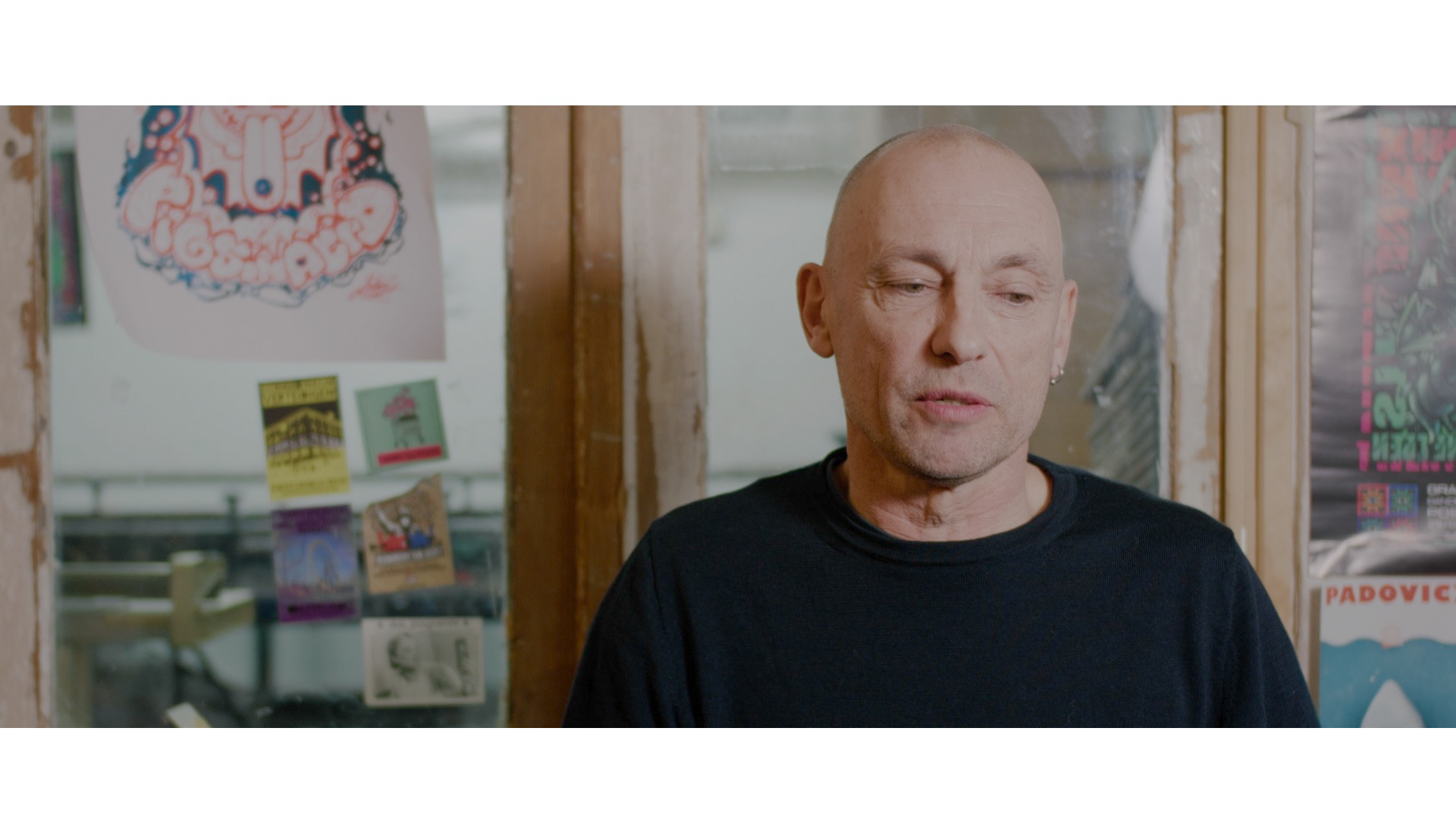
Mark Spiral
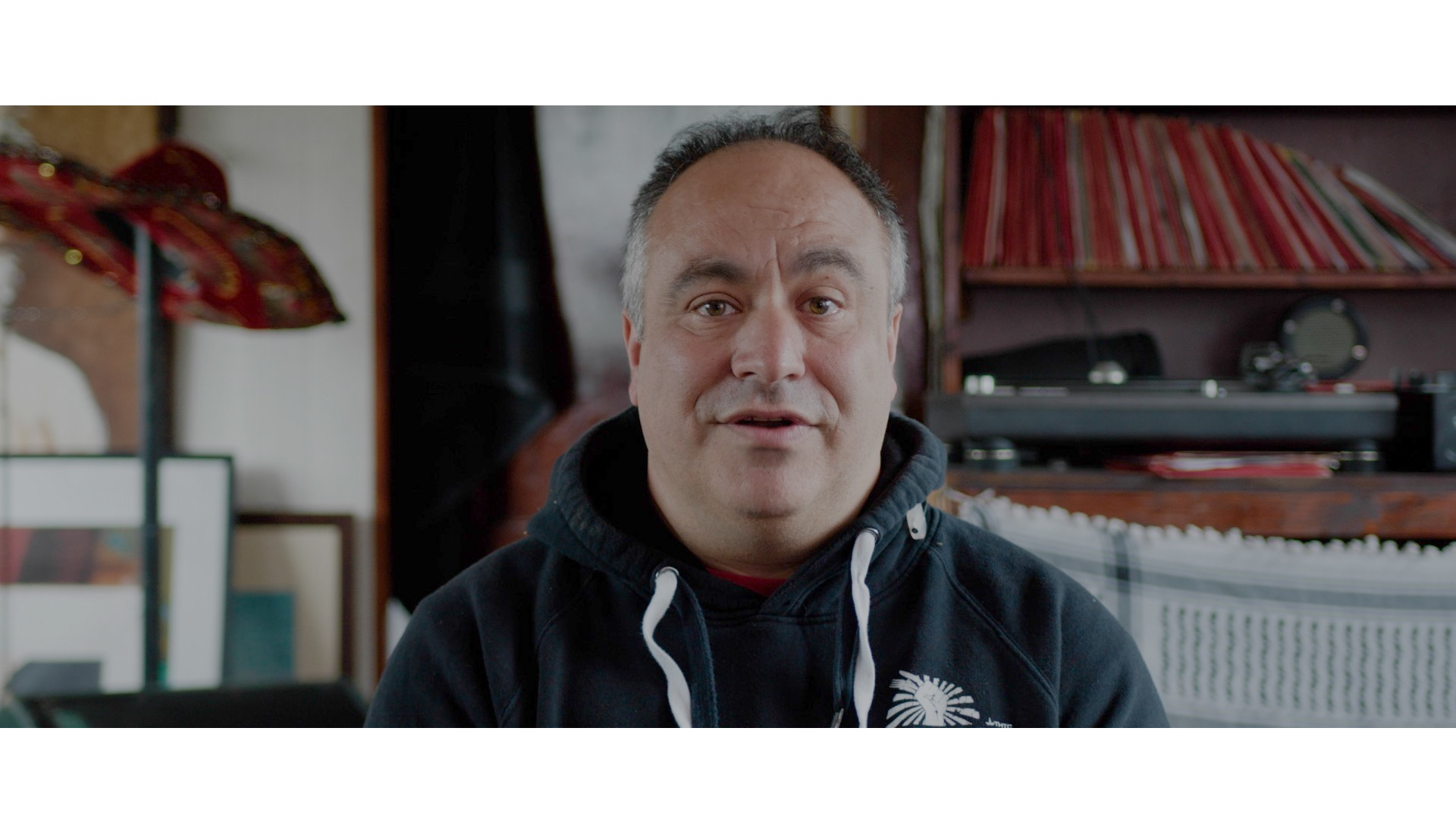
Steve Bedlam
1990, UK. The initial euphoria of the acid house orbital raves had waned after a government crack down. The energy, creativity and radical promise of the ‘second summer of love” assimilated into clubland, or commercial ‘rip off raves’ charging £50 a ticket.
And with the recession beginning to bite, the dream seemed over.
But a new underground began to emerge with a radical idea. Why not make these gatherings go beyond weekend hedonism, instead rejecting the conventional transactional relationship between party go-er and organiser and commercialism itself.
Why not make them - free parties?
Sound systems, such as Nottingham’s anarchic collective DiY, with their ‘everyone welcome’ attitude and London’s Spiral Tribe, with their secretive, cult-like image, started to appear across the country. Starting in small squats and ‘broken’ warehouses as an antidote to mainstream clubbing, they began to venture out into what was left of the free festival circuit, encountering a much older radical culture - New Age Travellers. Although badly bruised after Thatchers attempts to destroy them during the 1980s, they offered a glimpse of the freedom the urban ravers craved.
“We met these travellers at Glastonbury 1990, and it just … clicked’ - Harry DiY
At first this meeting of travellers and ravers was problematic, as formerly family events began to turn into 72 hour raves. But gradually, the two tribes began to merge, and these free festivals began growing in numbers, from hundreds, to thousands, to tens of thousands, through word of mouth alone. This culminated at Castlemorton Common in May 1992. Headline TV news for a week, between 20-60,000 ravers and travellers partied for 7 days. The media now had its folk devils of the day.
The British establishment cracked down heavily with both force and legislation, arresting various members of Spiral Tribe and other sound systems and eventually changing the law with the draconian criminal justice act (CJB). Everyday people inspired by an idea, had come up against the state, and lost. For now.
Police oppression and violence forced travellers, Spiral Tribe and other sound systems out to the newly established EU and around the world, where they took their buses and sound systems on the road, inspiring a generation of local youth to create utopias of their own, including the enormous ‘Teknivals’. DiY meanwhile headed for San Francisco, connecting with the remnants of the merry prankster generation.
30 years later, dance music and festival culture is the dominant youth medium, from Glastonbury, to Coachella. But with a rise in authoritarian regimes, endless austerity, as well as global issues such as climate breakdown, we see a resurgent radical culture, with its roots in the free parties of the 90s.
Free Party: A Folk History is a 5 act journey through those times to the present day.
The film is a unique look at how a pre-internet radical unifying youth culture exploded entirely through word of mouth and outside of the commercial mainstream and how that creative and radical energy is seeing a huge resurgence in the challenging political times we are in.